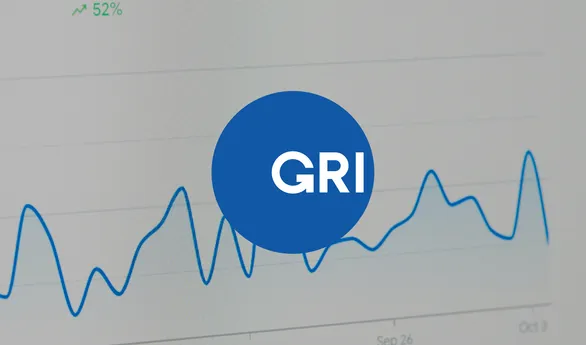Yesterday we had the pleasure of hosting Cesare Guarini, an experienced Sustainable Procurement Director. We spoke about the opportunities and challenges involved in value chain decarbonization, the importance of internal climate governance and the role that digital tools have to play in supporting companies to drive climate action. Here’s a lowdown of the five key takeaways.
1. Mobilizing your supply chain around procurement is essential for driving climate action
An increasing number of large businesses are realizing that procurement represents more than 70% of their global footprint – and that they cannot achieve their climate goals without mobilizing their entire supply chain.
Sustainability is no longer a compliance exercise or box ticking exercise. It’s now a business transformation initiative. And like any transformation, to be successful, it needs to become a change management program. Its complexity stems from the fact that every company has to influence and engage with a very diverse range of stakeholders.
The largest businesses in the world have value chains that stretch across continents and involve suppliers of various sizes and capabilities. While some of them are already becoming climate-savvy, others have barely started on their sustainability journeys.
2. The biggest companies have to act as climate leaders
Large brands have a duty to act as climate leaders and to drive sustainability action across their entire value chains. They have to engage with suppliers who usually have fewer resources than theirs and to involve them in their climate journeys.
These suppliers need to be equipped with the right tools to enable emissions data collection in an efficient and effective way, and be brought into joint climate targets and reduction strategies.
At the same time, large brands need to make sure that resources are allocated to sustainability at a time when there is great economic pressure.
In a nutshell, the leadership role of large companies stretches well beyond their own scope of operations. That’s why they need to invest in a program that will significantly enhance the capabilities of their supply chain.
In the words of Cesare Guarini, “We listen to what companies say, but we follow what companies do. It’s important to deliver tangible results against the commitments.”
3. Businesses need to view sustainability as a value driver
Collectively, we need to move the sustainability discussion from compliance to sustainability as a value driver.
There are many studies out there about the business benefits of taking climate action.
Adopting sustainable practices can help businesses reduce costs by minimizing waste, conserving energy and water, and optimizing resource use. This can result in significant savings over time, improve the bottom line, and increase operational efficiency. Meanwhile, consumers are becoming increasingly climate-conscious in their choices, meaning that sustainability can help a business stand head and shoulders above the competition.
It’s also important to see the value from a supplier perspective – because by joining the sustainability journey, suppliers will essentially guarantee their license to operate. We’ve seen a dramatic and exciting development in the relationship between buyers and suppliers. It used to be all about pricing and quality. But now there are other elements of performance that then came to the forefront, including sustainability.
4. Corporate climate governance is key to achieving your objectives
The other element that is critical in achieving climate goals is internal corporate governance. When it comes to sustainability, businesses need to think carefully about where to position their leaders. And actually – it’s important to make sure that everyone in your senior leadership team is on board when it comes to climate action, that sustainability is well embedded into your company strategy and that climate objectives are part of your yearly compensation system. We’ll explore this subject in more detail in our upcoming whitepaper.
5. Digitisation can help drive climate transformation
Carbon emission data collection is still on the whole manual and fragmented and we need to do everything we can to simplify the process.
In the words of Cesare Guarini “As much as 80% of the resources that we currently spend on data collection need to be used on impact – i.e. reducing the carbon footprint. Here’s where digital tools can play a key part.”
Digital platforms can help to engage suppliers across all tiers, enabling brands to visualize the connections between different players in their value chain, engage with them using the right tools, identify data gaps and address these. Ultimately, they can play a key role in facilitating collaboration.
In summary: Collaboration is vital for impactful climate action
Companies cannot effectively tackle their supply chain emissions without addressing ‘the elephant in the room’ – the supply chain carbon footprint. But by effectively engaging their stakeholders and using the right digital tools to automate data collection processes, they can soon get their suppliers on board, and involve them in a collaborative climate journey.
Find out more about how Sweep can support you to drive climate action across your value chain.




